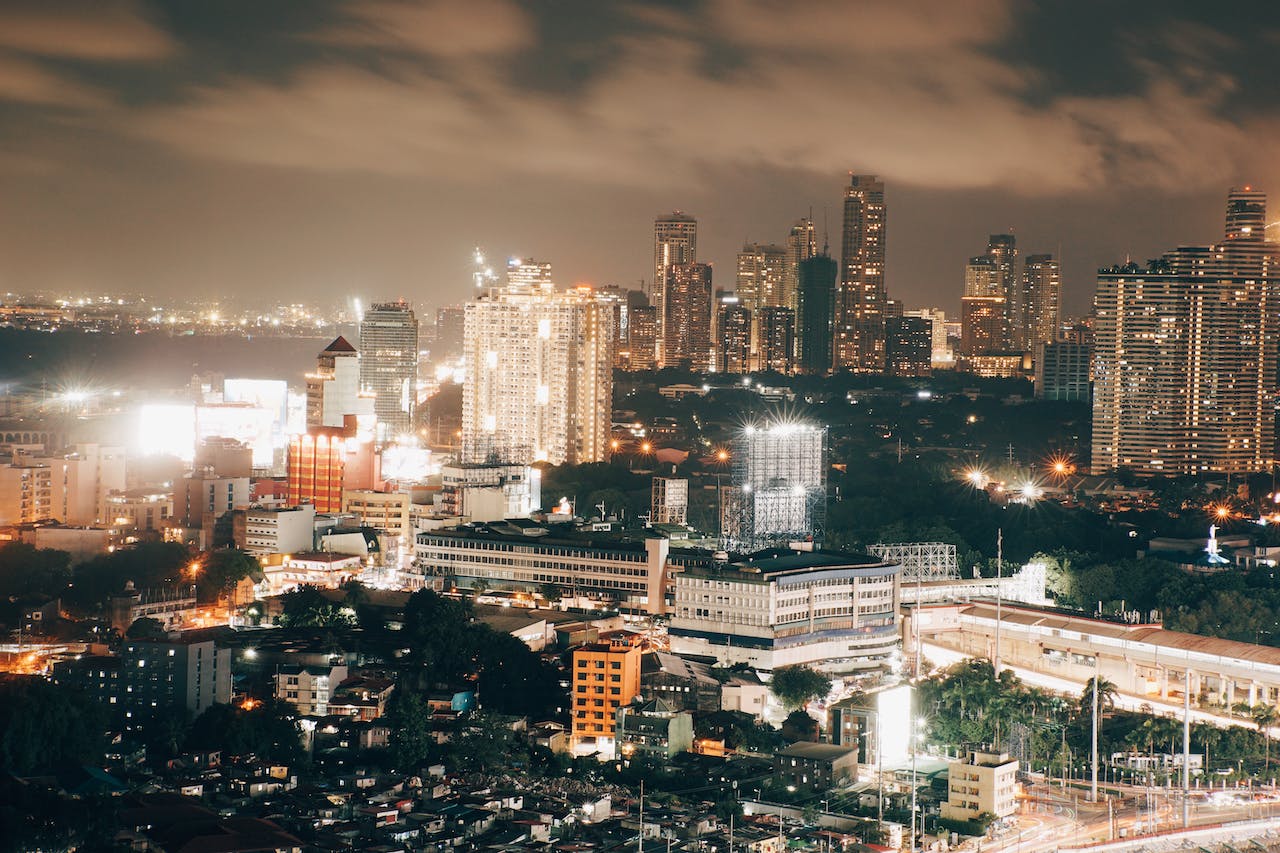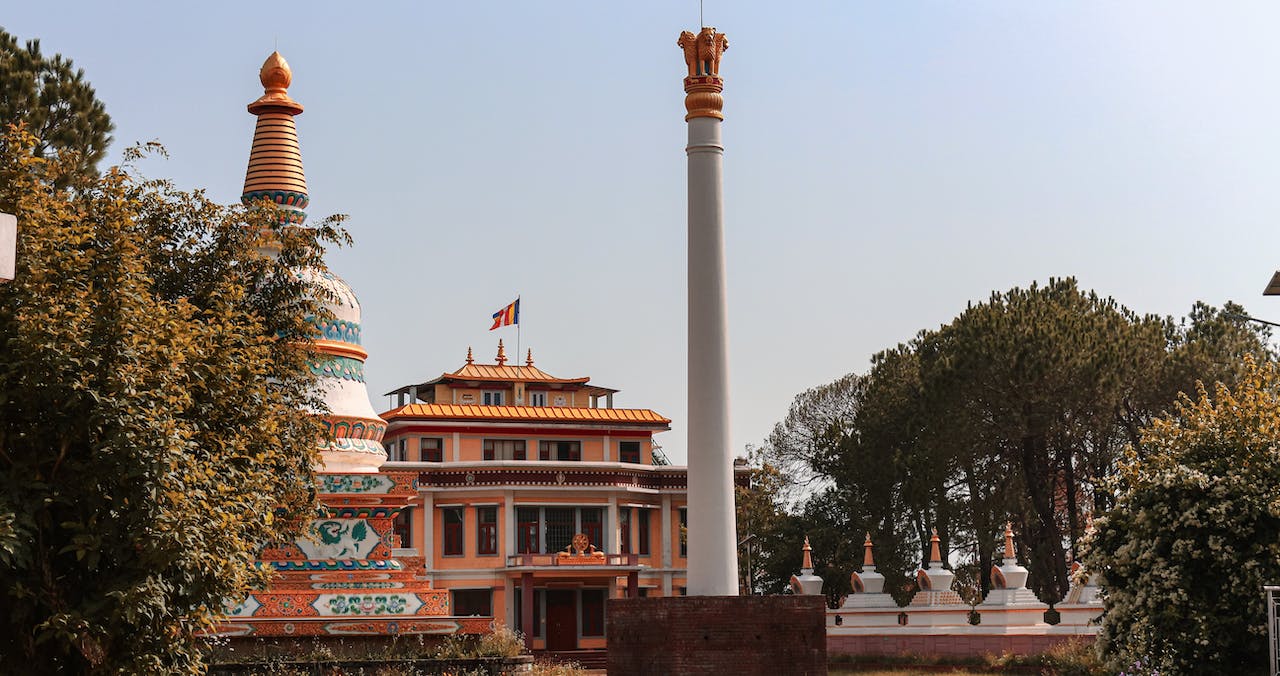India is the most populous country in the world, with almost 1.5 billion people. Unsurprisingly, the country is also very diverse in its growth. Some regions, such as Mumbai, are well-developed and prospering, while others are yet to see rapid technological progress. Due to this reason, India is unique for different services, including proxies.

It has a huge domestic market with various services accessible only from there, while the prices and speed of Indian proxy servers are still inviting. Here, I will delve into what makes proxies in India stand out and compare them to other Asian countries.
What are proxies?
Let’s start by briefly defining what proxies are in the first place. Every website or service you connect to on the internet can identify you by a special string of numbers and letters – IP address. It allows the service to track your activity and limit the accessibility of content by your location.
If you want to avoid these issues, you must use a proxy. It is a server, usually functioning in a different location, that serves as a point for forwarding your requests. So, if you use a proxy server from India, the websites and services will treat you as a visitor from there.
It will make it harder for them to track your activity and will enable access to content that is, in normal circumstances, only available for users from that country. For example, watching an Indian Cricket League game from the US in real-time is only possible by changing your IP location to India.
The live streams are geo-restricted as the organizers don’t want to spend resources for streaming games to countries where this sport isn’t popular. There are many more reasons to choose proxies from India, but most are related to the proxies location.
Choosing a proxy by location
The performance of a proxy connection is dependent on the type of proxy as well as its location. Streaming sports is an obvious example of when the location is the most important factor. But there might be more scenarios where a good location is essential.
It’s well known that datacenter proxies are faster than residential ones. They use high-speed internet connections and powerful servers, while residential proxies use home connections and ordinary devices (such as laptops).
However, a residential proxy in the same city as the target server will perform better than a datacenter proxy on the other side of the globe. That’s why, for some use cases, it is important to look into the location of a proxy first.
Suppose you want to bulk purchase items from Thailand. The seller does not provide its services to customers from the US, so you will have to use an IP address that is supported. No matter what proxy type you choose, your options are limited to Thailand, China, India, and other neighboring countries.
Why choose proxies from India?
Many South and Southeast Asian countries are still developing. Consequently, the internet in countries like Bangladesh is not performing at a suitable speed for using proxies conveniently. No matter what proxy type or provider you choose, the speed won’t ensure optimal performance.
India, on the other hand, has a lot of regions that are well-developed. The number of internet users from India has also been soaring in recent years. It provides two advantages for using proxies from India – fast internet and large traffic.
By some estimates, India is in the top 70 countries for internet speed. Even such a well-developed neighbor as China doesn’t have a faster internet connection, as it is frequently limited and blocked by the government.
It also ensures that Indian IP addresses are present everywhere on the internet. Whether it’s e-commerce websites, games, or streaming services – every provider wants to have a piece of traffic from India.
Functioning in such a huge crowd makes it easier for an Indian proxy user to blend in and not be noticed by the website. Banning or restricting usage with CAPTCHAs for IPs from India is more damaging to a website since it will lose a lot of traffic. A private proxy can circumvent these issues.
Of course, China, Myanmar, or Vietnam might also have similarly large numbers of internet users, but these countries do not allow their internet users to access the World Wide Web so freely. India is less strict in censoring the internet, and Indians speak English, so Western websites are full of Indian users.
India is not only a getaway to reach websites hosted by other countries – it has much to provide. From cricket to Bollywood movies and an emerging retail market – there is a lot of content that foreigners want to access in India from abroad. It isn’t possible without using proxies in India.
Types of proxies from India
Every proxy type that exists can be found with an Indian IP address. Whether it’s residential, datacenter, mobile, or some more specific type, such as sneaker proxies. So, making a choice about the type isn’t difficult.

Datacenter proxies in India should be your first choice if you need a lot of bandwidth for sending large amounts of data. India is full of high-tech data centers that can provide such proxies, as many global countries have established their IT and service centers there.
Most websites will not block or restrict datacenter proxies. If they will, I suggest trying out mobile proxies. India has a well-developed cellular tower network. These proxies will perform well, and you should not have any usage limitations.
Residential proxies are also a great choice for when you need more credibility. However, you should be careful when choosing a provider for your Indian residential proxies. Ensure the provider is explicit about how he sources residential IP addresses in India.
Wrapping up
India has a big digital footprint on the internet, a lot of local content, and a great internet speed. Most other Asian countries pale in comparison. When you need a general-use proxy, India is a great location to choose.